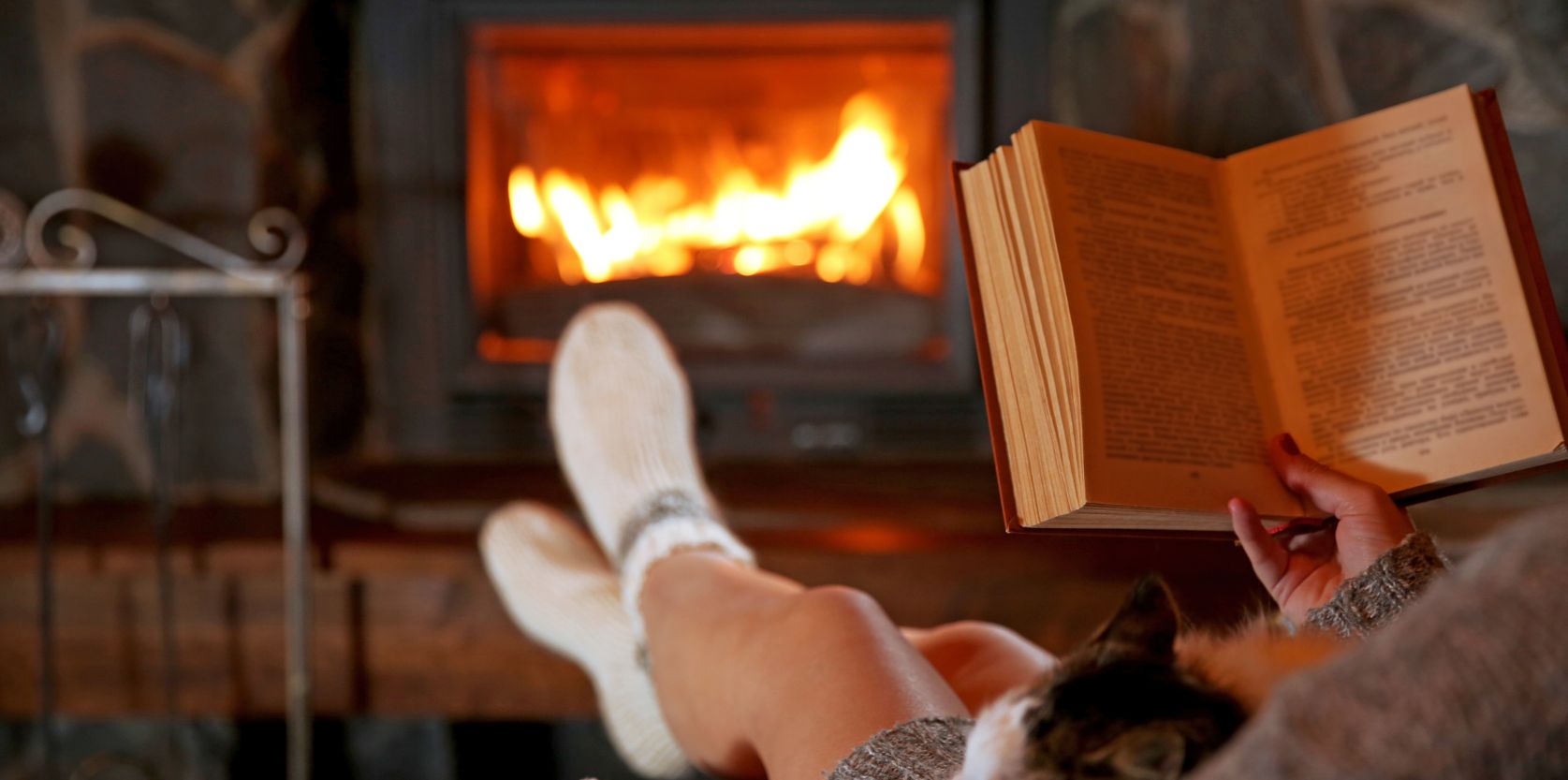
Wood-burning fireplaces are notoriously inefficient. They put off limited heat and, because a burning fire requires an open damper, hot air flies right up the chimney and out of the house along with the smoke.
But if you love a wood fire, you can take precautions to enjoy it efficiently. Some tips:
Choose seasoned wood—not fresh—for burning. Freshly cut wood has a high moisture content, so it creates more smoke than heat. Firewood that has dried for a few months burns slower, at higher temperatures and with less smoke.
Cold wood can be harder to burn than room-temperature wood, so it’s smart to bring in enough wood the day before each fire to ensure the wood isn’t set back by the outdoor chill.
Open the damper only when you burn a fire. Close it when the fire goes out. Leaving the damper open when there’s no fire burning in the fireplace is like opening a window when you have the heat turned on. It lets cold air in and warm air out.
Turn on ceiling fans. Set the fan blades to rotate clockwise. This will create an updraft that will help circulate the heat from the fireplace around the house. Know that if you leave your fan blades spinning counterclockwise—the summer position—they will make your room feel cooler instead of warmer.
If your fireplace doesn’t have glass doors, consider upgrading. Glass doors increase efficiency by keeping the air inside your heated home from finding its way out of the house through the open fireplace damper.
Switch from wood to an electric fireplace insert that acts a bit like a space heater. It doesn’t require you to open the damper, so no heated air escapes up the chimney.
Posted: 11/14/2023 7:10:45 PM
Author: